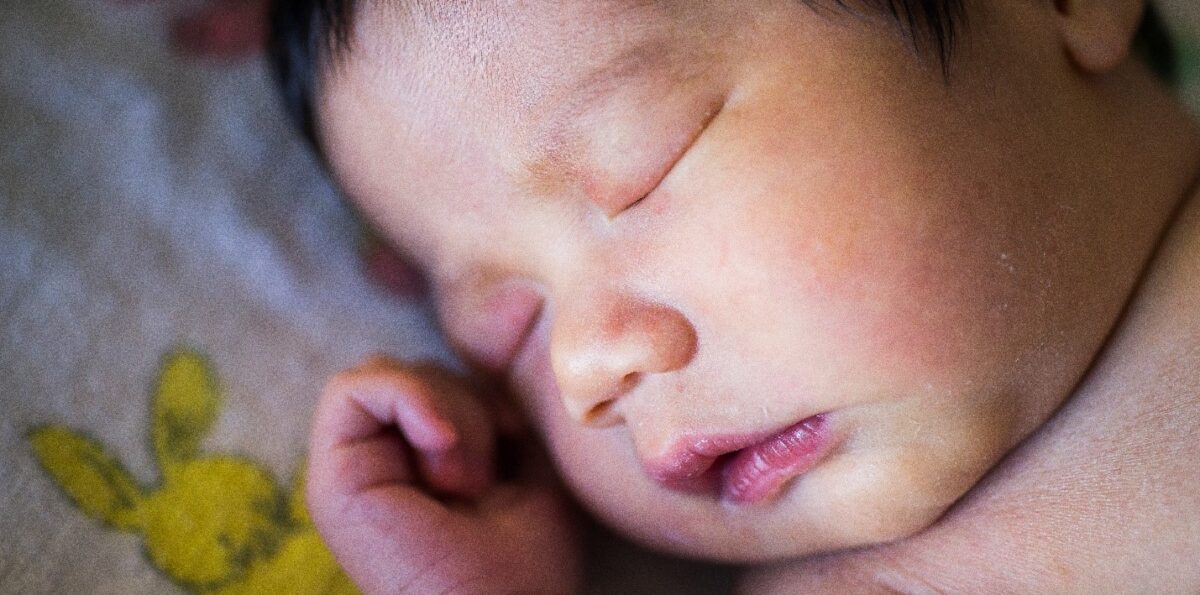What’s new in infant sleep safety?

While many products are marketed for sleeping infants, not all are indeed safe for babies. Most fatalities for infants ages 1-12 months old are caused by sleep-related accidents or Sudden Infant Death Syndrome (SIDS), with a majority of cases linked to unsafe sleep environments.
Excluding longstanding regulation on cribs, bassinets and play yards/playpens, there’s been minimal regulation on infant sleep products. This changed last week when the United States Consumer Products Safety Commission (CPSC) passed a new safety standard to better regulate and standardize which products can be marketed for sleeping infants. The new rule takes effect next year with the goal of making it clearer for consumers to know which products comply with the CPSC’s safety regulations, even if they’re currently marketed as such.
“This new rule is a critical step in saving the lives of infants everywhere,” said Erin Summa, MPH, from Mary Bridge Children’s Center for Childhood Safety. “I’m hopeful that it will provide better guidance to parents and caregivers so they can keep their little ones safe and everyone can rest a bit easier.”
So, what is this new rule and how can it help you? Here is a quick break-down of how regulators hope it saves lives.
- “Infant sleep products” are a classification of consumer products intended or marketed for sleep for infants up to 5 months old.
- Products that are marketed as an infant sleep product will be safety tested against the new federally established safety guidelines. Many current products are expected to need significant design changes to meet the updated standards.
- The rule requires safety cards on popular products like co-sleepers, inclined sleepers, travel/portable bassinets, infant tents and more. These safety cards, much like certification stickers on cribs and car seats, will help parents know the product meets federal safety standards.
“Parenting a new baby is hard, and so is figuring out how to keep them safe,” said Summa. “I understand why caregivers are drawn to products like inclined sleepers, but they have shown to be dangerous, as demonstrated by the recent wave of recalls. If your baby currently uses one for sleep, we advise that you stop using it immediately.” Summa adds that if parents are unsure about products currently in their homes, they can consult with Mary Bridge Children’s Center for Childhood Safety for advice.
While the new regulation won’t go into effect until June 2022, there are simple things parents can do now to protect their infants from sleep accidents. The American Academy of Pediatrics recommends the following:
- Place your baby on their back to sleep, even for naps.
- Provide your baby with their own safe sleeping space; this can be in a crib, bassinet or pack-n-play. Avoid bringing your baby to bed with you and try to stay awake while feeding and holding your baby.
- Ensure your baby’s sleep surface is firm and flat, and the mattress complies with current SCPC safety standards.
- Remove all soft objects and loose bedding from your baby’s sleep environment — babies should wear what they need to be warm.
- Keep the sleeping environment at a comfortable temperature; a good rule of thumb is to dress your baby in one layer more than what you’d wear.
- Always make sure your baby’s head and face remain uncovered during sleep.
- Place your baby in a smoke-free environment.
- Review the safe sleep policy at your child’s daycare or preschool and ensure safe sleep practices are adhered to.
For more information or to consult with our Center for Childhood Safety team, contact them through this form.
You can also talk to your child’s pediatrician or primary care provider. Need a pediatrician? Search for one close to your home. Mary Bridge Children’s offers primary care clinics in Auburn, Bonney Lake, Covington, Federal Way, Gig Harbor, Maple Valley, Olympia, Puyallup and Tacoma. All clinics are open for in-person appointments and many providers also offer virtual telehealth visits.